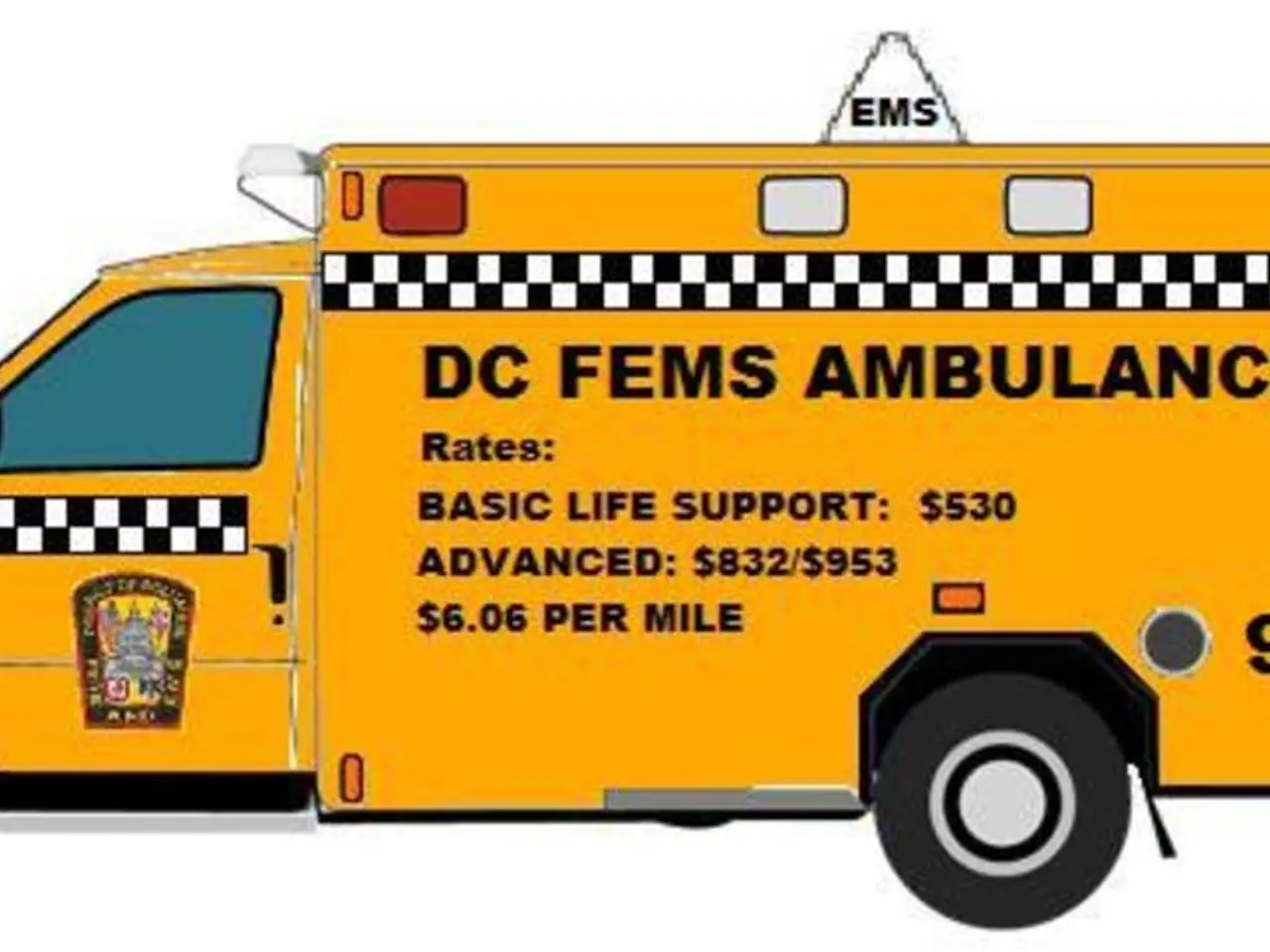Heart Stoppage: Understanding its nature, triggers, and appropriate action
Sudden cardiac arrest (SCA) is a life-threatening emergency that occurs when the heart stops beating due to an electrical malfunction, preventing blood flow to the organs. This article aims to shed light on the most common risk factors for SCA and provide guidance on how to respond in an emergency.
The most common underlying cause of SCA is coronary artery disease (CAD), particularly in older adults. CAD involves the blockage of arteries supplying the heart, leading to a reduced blood supply and potentially triggering SCA. Other heart-related conditions that increase the risk include arrhythmias, cardiomyopathy, congenital heart defects, previous heart attacks, and inherited arrhythmia syndromes.
Chronic illnesses, such as diabetes, high blood pressure, and high blood cholesterol, also contribute to the risk of SCA. These conditions damage the heart and arteries, reducing blood supply and increasing the likelihood of SCA. Sleep apnea, excessive alcohol intake, a sedentary lifestyle, poor dietary habits, and inadequate sleep are additional lifestyle factors that can increase the risk.
A family history of sudden cardiac death or inherited cardiac conditions, age, and gender are also significant risk factors. The risk increases with age, and males generally have a higher risk. In young athletes, hypertrophic cardiomyopathy and coronary artery anomalies are major causes of SCA, while in athletes over 35, acquired atherosclerotic coronary artery disease is the leading cause.
In an emergency situation where someone shows signs of cardiac arrest, such as loss of consciousness or fainting, it is crucial to call 911 and ask for emergency medical services. If the unconscious person is not breathing, find an automated external defibrillator (AED) if available, and administer CPR until emergency responders arrive. AEDs are suitable for anyone to use, with or without training, and are widely available in public spaces. Using an AED as soon as possible increases the chances of survival.
Treatment within minutes of cardiac arrest can save the person's life. Continuously performing CPR keeps blood and oxygen flowing to the organs and brain until a medical professional can use a defibrillator to restart the heart. ICDs, small devices that deliver electrical shocks to the heart to control arrhythmias and maintain a normal heart rate, may also be used.
After receiving emergency treatment, a person who has experienced cardiac arrest receives hospital treatment. Doctors monitor symptoms, use medications to lower the risk of another cardiac arrest, perform tests to determine the cause, and develop a long-term treatment plan. This may include medications like blood pressure lowering drugs or statins, and those who have had a cardiac arrest before may benefit from having an ICD implanted and following their treatment plan.
Regular cardiovascular screening and managing these risk factors can help reduce the risk of sudden cardiac arrest. Identifying hidden heart issues, especially through ECG, stress tests, and echocardiograms, is important for those with risk factors or family history. Doctors may recommend a heart-healthy diet, lifestyle changes, and cardiac rehabilitation for survivors of cardiac arrest.
In conclusion, understanding the most common risk factors for sudden cardiac arrest, such as heart-related conditions, chronic illnesses, lifestyle factors, family history, age, and gender, is crucial in preventing and responding to this life-threatening emergency. By being aware of the signs of cardiac arrest and taking prompt action, we can increase the chances of survival and save lives.
- First aid and safety training is pivotal in responding effectively to sudden cardiac arrest emergencies as it teaches individuals how to administer CPR and use automated external defibrillators (AEDs).
- Other heart diseases, like arrhythmias and cardiomyopathy, contribute significantly to the risk of Sudden Cardiac Arrest (SCA), making understanding various medical-conditions and their impact on health-and-wellness essential.
- Mental health, fitness-and-exercise, and proper dietary habits are also key factors in cardiovascular-health, helping reduce the chances of chronic illnesses like high blood pressure, diabetes, and high cholesterol that can lead to SCA.
- A family history of sudden cardiac death or inherited cardiac conditions, age, and gender are significant risk factors for SCA, underlining the importance of regular medical check-ups, genetic testing, and open communication with medical professionals for those at higher risk.




